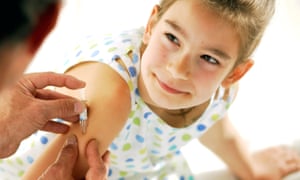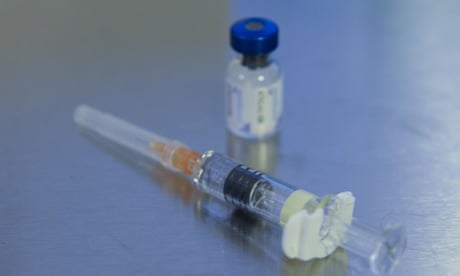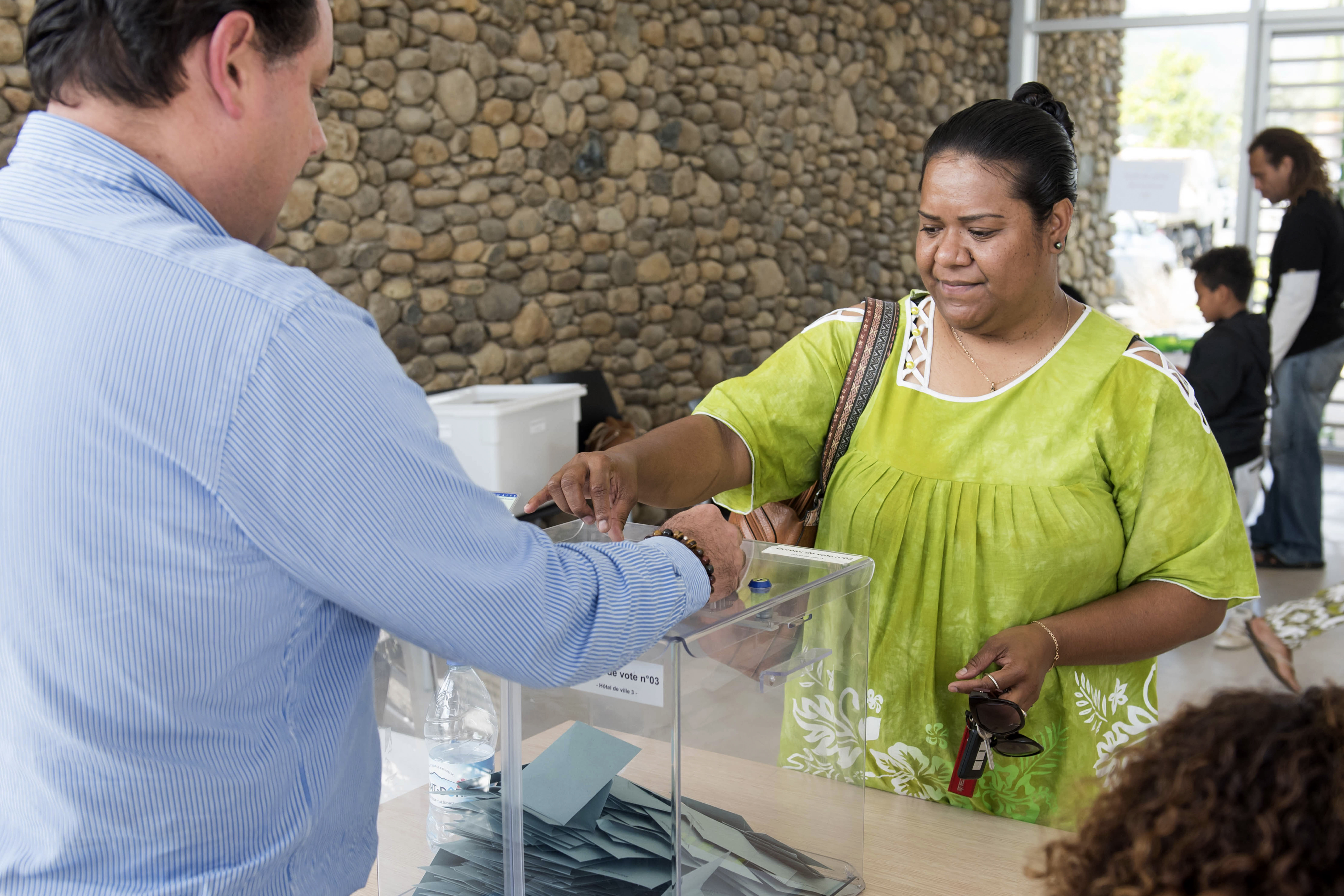David Bressan Contributor FORBES Science
I deal with the rocky road to our modern understanding of earth
Sep 24, 2020

Two Australian paleontologists - Dr Smith and co-author Dr Ebach - named a newly described fossil species dating back 450 million years after British actor Tom Baker, who between 1974 and 1981 played the fourth incarnation of the eponymous hero in the longest-running science-fiction television series of all time - Doctor Who.
The new trilobite, a marine arthropod resembling modern pill bugs or roly-polies but only distantly related, is named Gravicalymene bakeri.

Actor and Doctor Who star Tom Baker at the SFX Weekender 2010. (Photo by Rob Monk/SFX ... [+] FUTURE VIA GETTY IMAGES
But it wasn't until recently that the two scientists realized it was a new species. Dr Smith, 30, didn't watch the original run of Doctor Who with Baker as the fourth Doctor, but fell in love with the character while watching repeats in the early 2000s: "He was my inspiration to go into science. He used science, to help people." The adventures of the time traveling character inspired him to study real time travel. "The area of science I specialize in is bio-stratigraphy which is all about dating the age of Earth and its rocks," said Smith. Dr Ebach watched the originals in the 1970s, and said Baker's Doctor Who also inspired him to explore the natural world.
Gravicalymene belongs to a group of trilobites with worldwide distribution. Similar species have been previously found in North America and Europe. In the Ordovician, a geologic period spanning from 485 to 443 million years ago, Earth was a very alien planet. Australia and all the other modern continents formed Gondwana, a super-landmass surrounded by a global ocean. The first primitive plants were appearing on the barren land and the sea was ruled by soft-bodied creatures, squid-like orthoceratides, jellyfish and sea lilies. Fifty million years after the first trilobites crawled around the bottom of the ocean, the first fish-like animals evolved.

The Ordovician sea some 450 million years ago, a group of trilobites is crawling along a forest of ... [+] GETTY
For more than 200 million years trilobites thrived and diversified into many species, some as bizarre as the fictional monsters the Doctor battled over eons. Still, as nothing lasts forever, they went extinct during the Great Permian Extinction, the largest mass die-off in the history of Earth, some 252 million years ago.
Baker commented on the new discovery in a letter to the two scientists.
"I am delighted to be entitled at last. I hope the Who world will share my joy. Will I be allowed to tack "Fossil" on official correspondence? I hope the Who world will celebrate this fresh honour and will spread the news to those who live in remote places. Happy days to all the Who fans everywhe

















